I’ve been having a great time reverse engineering a lot of processed foods of late, and even some grocery store staples. Most of the time, it’s dramatically cheaper to make your own, and it makes me feel better about what we’re eating when I can pronounce everything that’s gone into it. You might not agree that this is strictly necessary, but when the “simple” yogurt in the dairy aisle has six ingredients, to my mind something has gone very, very wrong. Yet at the same time, even if I can make tahini at home, do I really need to?
When it comes to exploring DIY foods and even some health and beauty products, I’m still learning so much that I feel it’s worth the time and effort for me to keep on experimenting. I’ve also made a habit of picking up cookbooks from past decades to see what tips and tricks and terrible applications of mayonnaise I might discover. Today I added two new books to my collection, and stumbled upon some advice that highlights just how much has changed for the “housewife.” For as much as I have valued looking back at “how we used to do it,” this was a stark reminder that romanticizing the past too much would be a mistake.
First up: Hints from Heloise–From the Air Force to Air Force Wives (1973)
This one struck a chord right away, since I am an Army wife myself. On examination, it’s not quite “The Good Housewife’s Guide” that I was at first expecting. Instead, the 14-page pamphlet is filled with simple, sensible tips, but the introduction is a flashback to a time when only men served:
In the eyes of the Air Force, the Air Force wife is something very special. Special because she, more than anyone else, shapes and determines her husband’s attitudes and ambitions. And over the years, the Air Force has learned that with the right kind of environment at home, any man becomes a better worker and more valuable in his job….And who knows, with the help of Heloise’s hints, perhaps you’ll have even more spare time to devote to that man of yours.
Sexism is one thing, but the harsh manual labor aspects of homemaking were penned into the front of a copy of The Rumford Complete Cook Book (1930) by Lily Haxworth Wallace that I discovered. A previous owner had outlined how to make soap and cleaning solutions, neither of which I’m particularly anxious to replicate or use.
Soap
5 1/2 lbs. melted fat. Melt and while cooling put 1 quart warm water in a granite pail. Add 1 can concentrated lye and 1/2 cup of Borax. When cool add 1 cup ammonia and then slowly add the cool melted fat and stir for a few minutes. Pour into a shallow granite pan and set in the sun to bleach. Next day, cut into pieces as you like. Make soap on a day when you can do it outside or else the fumes get in your nose and throat.
To Wash Walls
1 cup ammonia
1/2 cup vinegar
1/4 cup bicarbonate soda
Add water to make one gallon.

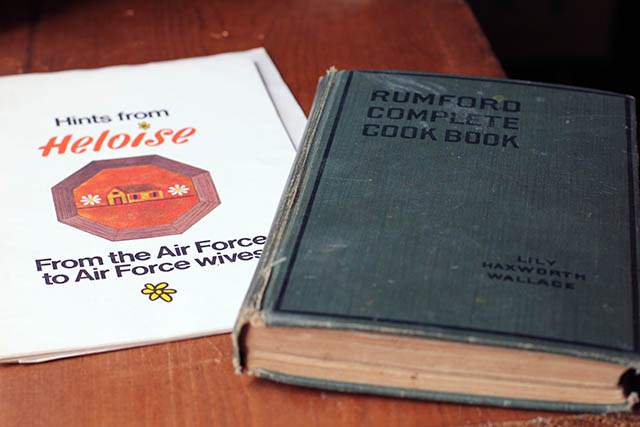





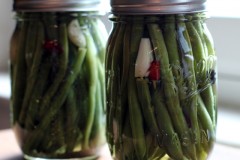
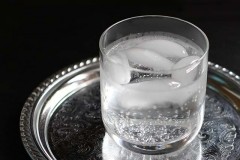
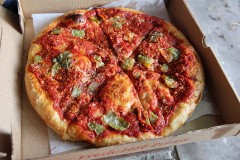
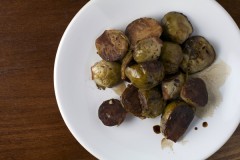
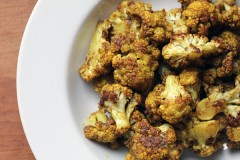
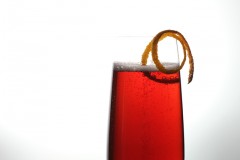
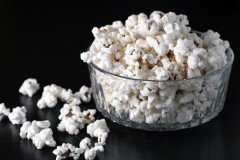
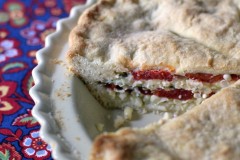



Can I melt my own fat for this??
Thanks for the awesome market bag! So happy I won it!
Ha! I can totally see myself sinking deeper into my “wicked witch” phase here. Big cauldron….
And enjoy the bag! You so deserve it, Army nurse.
I have a “hoosier” kitchen cabinet from the 1920’s, which includes a list of items one should have on hand for informal luncheons, including canned meats, canned vegetables, canned soups, canned fruits, and junkets. Want to come over for lunch??!
For as much as I want to see that lunch, I’m not sure either of us would want to eat it, eh? And yet the budding canner in me wonders…
I was wondering if all the talk of canning would interest you.
I have a cookbook from my grandmother “Favorite Recipes Cook Book – A Complete Culinary Guide” edited by Marion Harris Neil. It’s yours if you’d like it.
Yes, please!!
i have a super old cookbook from dw’s grandmother in KY, i think it was her grandmother’s cookbook, complete with a slave’s face on the cover. i’ve been wanting to try SOMETHING from it… it’s heavy with lard + fying…
Wow, that sounds intense. I’ve been paging through mine on the hunt for something as well, though I’ve been a little gun shy since the incident.
My favorite line:
“Because, as you’ve probably learned by now, the Air Force is the best part of your future.”
Classic.